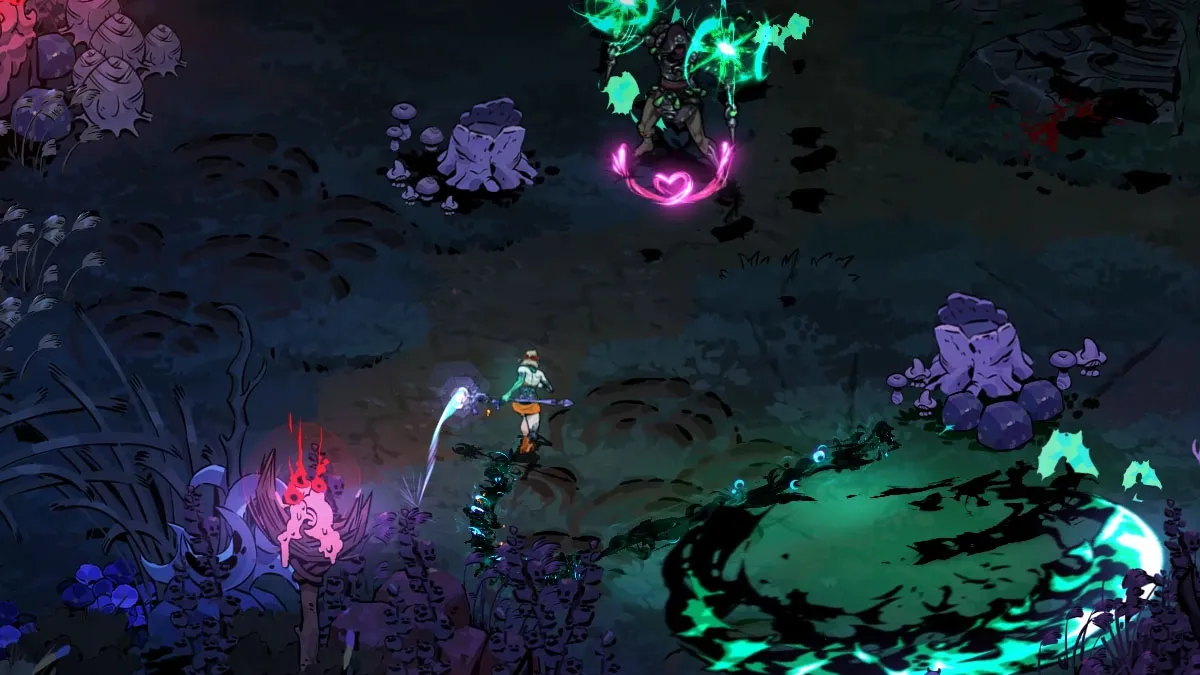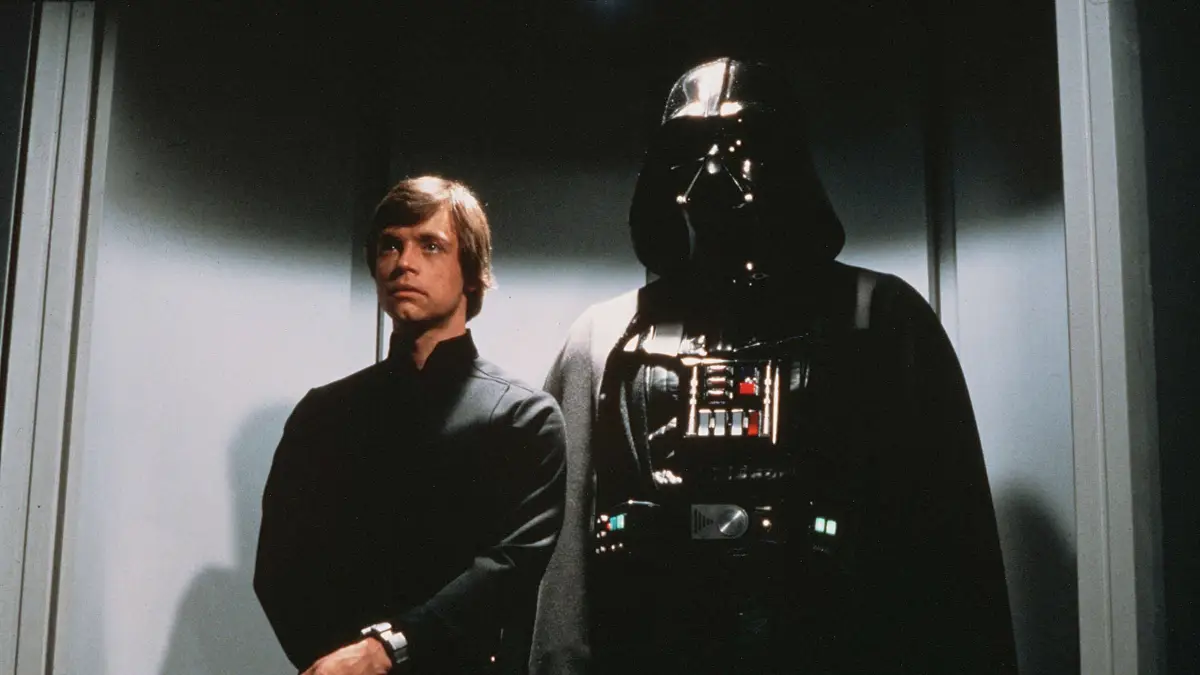Evolve or die. It’s the basic lesson of life. Those that can adapt survive and thrive; those that can’t wither and fade and eventually pass on. Gaming is no different.
Shigeru Miyamoto recently said that “it is time to break free from the stereotypical definition of what a gamer is, because until we do, we’ll never be part of the national or worldwide culture.”
But that’s only part of it. If gaming in 2020 is still to have relevance, it must break free of the stereotypical image of what a game is.
In a genre that should be limitless, too many games are mere imitations of each other. The following are just a few common gaming elements – beloved traditions or lazy solutions – that, for the sake of gaming, must all die.
Undead pirates and the meaning of “realism”
The venue: Soul Calibur. The scene: a decaying church in Medieval Germany. Siegfried, a half-human monster with a demon eye in his sword, is locked in combat with Cervantes, an undead magic pirate zombie who can fly. At stake: nothing less than their immortal souls. Both are near their breaking point. On the ground after one vicious attack, the sun glints off Siegfried’s armor, and as Cervantes approaches for the killing blow, Siegfried lashes out with his secret move: lamely kicking Cervantes very weakly in the ankles.
Cursing Siegfried’s name, Cervantes collapses. How did he lose? Poisoned shoes? Cervantes’ Achilles ankle? No, he discovered something even more fatal: the health bar.
In the topsy-turvy world of videogame logic, if a half-dead baby kitten weakly slapped Mike Tyson on the knees two dozen times, he’d eventually fall down. This was acceptable once upon a time – when all we had were a clump of pixels tossing poorly-animated fireballs at each other.
While fighting graphics have evolved to a state of near photo-realism (perhaps more so than any other genre), the gameplay has stagnated, and sales have dropped. The one-on-one fighter as a top-drawer genre is dying.
The skewed graphics-to-gameplay balance of fighters ultimately begs the question: Just what are developers trying to achieve by aiming for super-realism in their breasts and backgrounds, when what their avatars are doing is so unrealistic? When a giant German crushes your leg with a sword, isn’t there a good chance that your leg might be, you know, sore?
Just as shooters have advanced from a basic system with no pinpoint aiming to the sniper rifle and headshot of today, it’s well past the time the fighter looked seriously at itself and inherited the legacy of the before-its-time PS1 game Bushido Blade, which pioneered one-hit kills and lasting character damage and sold well enough to inspire a sequel, despite the fact its interface didn’t include a health bar. We need more new ways to go mano a mano.
Tales of the Over-world Map
The common theme in most high fantasies from The Lord of the Rings down is the glory of the past – the world we live in is rotting, and we must restore ye greate olden dayes.
It stands to reason, then, that the fantasy-obsessed RPG genre also falls into this trap. So much so that when it comes to game design, they don’t seem to realize that it’s 2006 now, and we are not playing with 1980s rules anymore.
Even as RPGs pull out all the stops to immerse us in their artfully created artificial worlds, they also cling to traditional aspects that do just the opposite. The whole level-up, random battle, turn-based combat with warriors and wizards thing is a tapped out genre. It caters now only to its own fans, becoming ever more insular and obsessed with its own inherent RPG-ness, so much so that it forgets what it is trying to recreate: an adventure. Aren’t adventures supposed to be fun?
Take the over-world map. A relic of another age, the over-world map was originally designed to simulate the long journey across a supposedly big world, at a time when resources couldn’t match the developers’ imaginations. Now the over-world map just sucks you out of the game, changing the dimensions and making a huge world seem small. While you might appear to be going from Random Home Village to Giant Metropolis City, in the gamer’s mind, you haven’t really gone anywhere at all.
If you’re going to have a game that involves the player traveling across
some massive world, you have to allow the player to make that journey himself, not shuttle him needlessly and instantly from one town to the next. Surely the point of having a dozen different towns full of shops and speaking characters is to make him feel that this is a real place filled with real people? Creating the illusion of another world is like making a house of cards; adding these elements is like trying to do it in a giant wind tunnel.
The more RPGs concentrate on artful cut-scenes and voiceovers, the more these non-immersive elements stand out like battle-sore thumbs. Full disclosure: I have admittedly never fought a party of saber-wielding trolls, but I have difficulty believing they would stand around waiting for me to decide whether I should attack with fire magic, or if ice works better on trolls. The best way we have to show character development in the single most story-oriented game genre is a list of numbers that increase based on the amount of monsters killed. And every life or death situation can be solved simply by making sure to pack some herbs before you head out.
The RPG is in serious danger of becoming nothing more than a parody of itself – like the cowboy movie, so afraid to deviate from the rule book that it formulaically burns itself out of mainstream existence. If the RPG is to continue, it must look to the future instead of feeding off the decaying glories of the past.
Save me! Power and responsibility
With the advent of Tivo and the internet unshackling television from scheduling, gaming is now the only media form that demands you play by its own time rules – stopping and saving when it wants you to.
Yet here’s the problem: I’m not 11 anymore. I just don’t have the time to play through the same section of a game more than once just because I missed some hidden save point or didn’t have enough typewriter ribbons.
When you get to a ripe old age living in a multitasking society, it becomes a daunting task to sit down and play a game like Metroid Prime, which you know will require at least two straight hours of playtime to make any progress. And if, after an hour and 59 minutes of play you suddenly die without saving, well, that’s just tough. Like a strict parent, the game just tells us to do it again, and do it properly this time.
Save systems have to go. Let’s get one thing clear, games: I pay for you. You are my playthings. When I say enough, enough. At the very least, every console should function like a DS – where just closing the lid puts the machine into temporary standby. But the save point itself is a cheap trick to extend lifespan that’s been used for too long. Surely by now we can find a better alternative to keeping up playing games than the save point, the health-pack and the 1-up.
Halo‘s respawn was an admirable solution. But even as it cured one problem, Halo exacerbated another: the lack of suspense and responsibility.
It seems somewhat bizarre to recreate the storming of the beach at Normandy in such detail as modern WWII games do, only to leave out the most crucial element: the very real, terrifying possibility that these could be your last moments on Earth.
One of the reasons gaming attracts so much flak is because it fails to show the consequences of your actions. If you die in a hail of bullets, you just press restart. While the idea that this leads people to become lunatics is dubious at best, the thrill of victory is even better when there is something at stake – something more than just escaping the tiresome bother of having to redo a section.
Consequences of your actions – at the least lasting damage to your character, at its best a change in the story or the course of a game depending on your choices – is the key to the struggle through life. With all its realistic physics and graphics engines, that is something gaming has yet to grasp.
You need the blue key: A world of painted sets
Since being propelled from the 2-D to the 3-D world, game designers have struggled to mark off their boundaries. The best games give you a world that seems near limitless, so you don’t notice the restrictions; the worst bar you off meaninglessly with doors that will never open because there is nothing behind them and invisible walls that suddenly stop you from advancing.
Sadly, most games still resemble the western movie sets of old – entire towns that are really just 2-D illusions, only convincing from afar.
In what crazy world can a space marine with a rocket launcher not break through a simple window? Why does a kick-ass gun-toting vampire like Dante wander through towns full of closed doors without breaking some of them down?
Show me a door and my first instinct is to see what’s behind it; show me a far-off mountain and I long to see what’s on the other side. Games like Shenmue and GTA imperfectly but successfully create the soon-to-be-standard illusion that you can go anywhere.
If you think about it, games should be nothing but fun from beginning to end – the do-anything promise that Mario 64 began to elicit. Yet, far too many games have us running errands instead of having fun – collecting 100 golden whatevers or searching in every obscure back corner until you find some arbitrary key to progress.
Videogames need to think less like part-time jobs and more like playground games – where the fun is guarded by flexible rules, but within those rules anything goes. The fun is in figuring out what to do for yourself. Yet, success in too many videogames depends just on rote memorization – memorizing the track, the map layout or the boss movements – than on true skill or innovation.
Stepping out of the primordial goo
It’s never easy letting go. But to create a new world, we must sometimes sacrifice those we love. So, so long, bosses, health bars and over-world maps. So long, 100 golden coins, closed doors and the 1-up. The future is built on the bones of the past.
Gearoid Reidy is a journalist working in Japan who would be very happy if he never had to memorize the movement patterns of another boss ever again. You can find him at www.gearoidreidy.com.




Published: Jul 11, 2006 12:02 pm